That's a lot of what science is actually. Science can and has helped us look far into the past to understand what has happened on this planet millions of years ago and where we came from. It guides us in understanding the world we live in today. And it can help us predict how things may look like and project changes based on what we are seeing today. As you know, a big part of the science down here is looking at how the climate change will affect a variety of organisms and processes. Palmer Station is an important place to do that as it sits on the Western Peninsula of Antarctica which happens to be the place on earth where warming is happening at a faster rate than anywhere else.
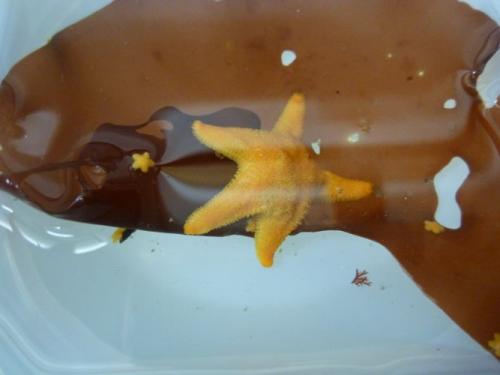
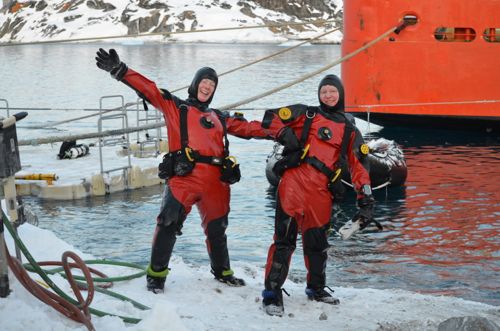
Jule Schram and Kate Schoenrock are looking at the effects of temperature and pH on benthic organisms. BenthicBenthic organisms live on or in the bottom sediments of a sea or lake. - the lower most layer of a body of water - the creatures that live beneath. Temperature is obvious. Why pH? It has to do with the increasing levels of CO2 in the atmosphere. The oceans are a big, actually the biggest, carbon sink around. Meaning it absorbs more carbon than it releases. How that alters pH is a similar reaction to what happens in our bodies when we physically exert ourselves, as in work our bodies. When CO2 reacts with H2O you get carbonic acid (H2CO3). As you should know from biology and chemistry - more acid means lower pH. When we work or exercise harder, we use up the O2 and the by product is CO2. This CO2 goes into your blood and reacts with the water in there forming carbonic acid which lowers the pH in our blood which sends a signal to our brain to tell our diaphragm to speed up which makes us breath at a faster rate which brings in more O2! Pretty cool, huh? So, the CO2 going into the ocean has the same reaction and forms carbonic acid. This is one of the processes that scientists are taking about when they speak about ocean acidification. That acid, if levels increase enough, can cause real trouble for sea life. It has a particularly harsh effect on shelled creatures, eating away at their protective shells. Julie and Kate, along with the help of Chuck and Maggie Amsler, have been studying this for a few years now. Julie focuses on invertebrates and Kate is looking at different types of algae. This year Julie is focusing on amphipods - the insects of the sea. They are rampant. Over 300,000 of them can live on a square meter of algae.
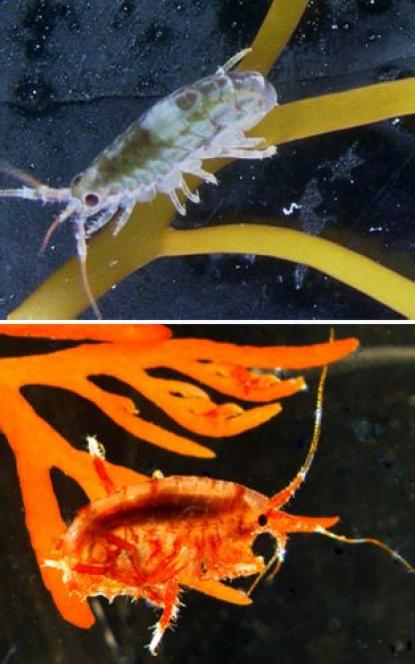
Algae is Kate's focus. In particular, upright algae, particularly brown. I'm including some footage of brown algae filmed by our fabulous Fish Spy!! Look closely at it and you'll see holes eaten away in the algae by the amphipods.
http://youtu.be/35T5tiBpUCk
It's pretty cool how they are working together so they can look at these changes both from an amphipod's point of view an algae. They have four organisms, two temperatures, and two pH levels. The control levels are 1.7 celsius and 8.0 pH which are current ambient temps and pH today. If trends continue as they are it is predicted that by 2100 the temp will be 3.5 celsius and the pH will be 7.6! So those are the variables that they are using. It's a somewhat complicated set up they have which allows them to look at every combination of these variables with each combo of organism. Julie has a big notebook full of data she has taken over the months and is now sitting down to analyze it.
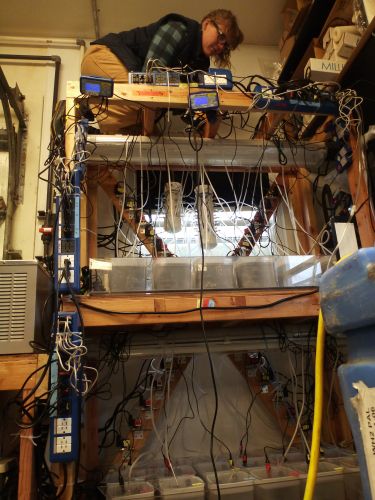
Phew. While she gets busy with the data, take a look at the rest of these adorable pictures of the baby sea stars. And of course, the exciting, just released footage of the brown algae. Stay tuned for the full feature Fish Spy footage, coming to a blog near you...as in THIS one.
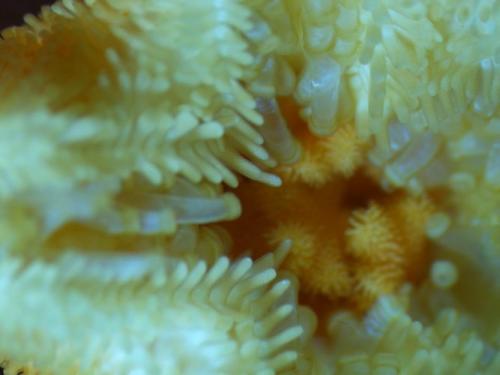
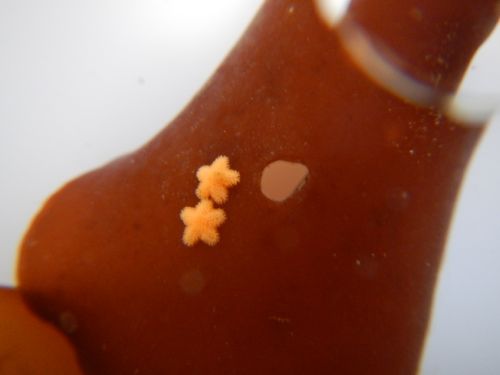
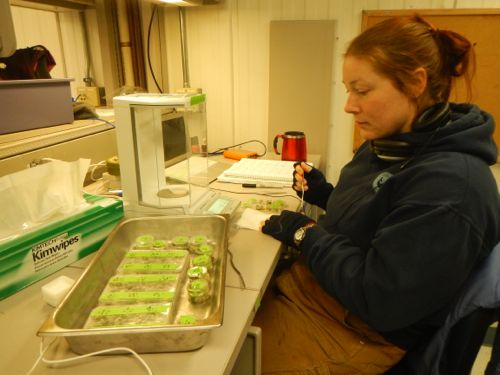


Comments